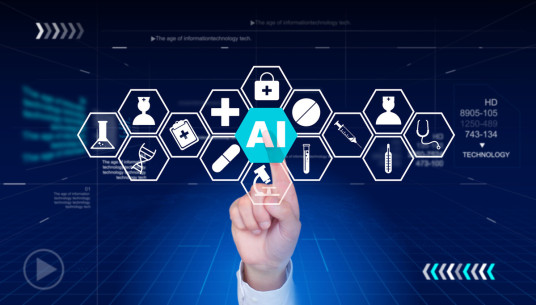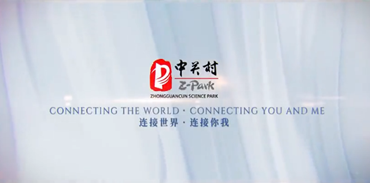Reshaping workforce is best AI preparation
 |
|
[Photo/IC] |
Ever since Homo erectus, or upright man, a type of early human, carved a piece of stone into a tool, the welfare of our species has been on the increase. Indeed, this technological breakthrough led first to the hand ax, and eventually to the iPhone. We have found it convenient to organize the most dramatic periods of change between these inventions into four industrial revolutions.
As each revolution unfolded, dire predictions of massive job losses ensued. Looking back at the first three, we can see how the concerns were misplaced. The number of jobs increased each time, as did living standards.
Concerns over job losses are greater than ever with the Fourth Industrial Revolution. A study by consulting firm McKinsey& Co predicted that 800 million workers could be displaced and about half may need new skills for new occupational categories.
When reminded of the experience with previous revolutions, the answer is often that this one is different. Although this has been said at the onset of each revolution, could there be something more to it this time?
Disruptive technologies such as artificial intelligence, robotics, blockchain (a digitized public ledger of transactions) and 3D printing are indeed transforming social, economic and political systems, often in unpredictable ways. The technology itself is difficult to map because its pace of change is often exponential. It is the unpredictability that is making impact assessments difficult, but not impossible.
To begin with, we know that a lot of low-skilled, repetitive jobs are being automated, starting in high-wage countries like Australia but quickly spreading to the developing world. And not all high-skilled jobs are immune.
But are there limits? To answer this question, we need first to understand how work has been transformed, especially with global value chains. Jobs now consist of a bundle of tasks, and this is true for all skill levels. As long as one of the multitude of tasks that a worker performs cannot be technically and economically automated, then that job is probably safe. And there are lots of jobs like that.
For example, although most tasks performed by waiters can be automated, human interaction is still required. Human hands are highly complex, and scientists have yet to replicate tactile sensors. So the robot may deliver your soup but struggle to place it on your table without spilling it-and don't expect a replacement or an apology. Apart from what vending machines can dispense, some of the tasks associated with waiting tables will still require humans.
The debate also tends to wrongly focus on "gross" rather than "net" jobs, usually unintentionally. It is the net figure that matters in this debate.
For instance, greater automation of production processes will require greater supervision and quality control. Humans will be required to carry out this function. The focus on gross ignores the higher-skilled jobs created directly as a result of greater automation.
As long as the cost of adding more supervisors does not outweigh the savings from automation-which it shouldn't or they wouldn't automate-the reduction in the price of the final good would spur an increase in demand. If the increase in demand is large enough, it could even expand the number of jobs in factories that automate part, but not all, of their production processes. In this case, the automation leads to a net increase in jobs.
Why then the widespread pessimism about jobs? Could we simply be wrong about the future of jobs? There is so much uncertainty that anything is possible, including being wrong.
But even if we are not wrong, it is so much easier to see how existing jobs could be lost to automation than to envision the new ones that may emerge in the future.
It is also more sensational to highlight the job-displacing possibilities than the job-creating ones. So we hear more about the former. This is also because, while the benefits are widely dispersed across the general public through lower prices, the costs are concentrated and can displace low-skilled workers, providing greater incentives to organize, lobby or complain. Furthermore, when there is enough uncertainty, it is generally safer to overstate rather than understate the potential cost to innocent victims of change.
But there could be a silver lining to all of this negativity. If it leads to greater efforts to reskill and reshape the workforce to better adapt to change, then this is exactly what is required. Ironically, it could well be this pessimism that produces the preparedness needed to ensure that, ultimately, the pessimism was unfounded.
The author is lead economist at the Asian Development Bank and adjunct fellow of the Crawford School at Australian National University. The views do not necessarily reflect those of China Daily.

